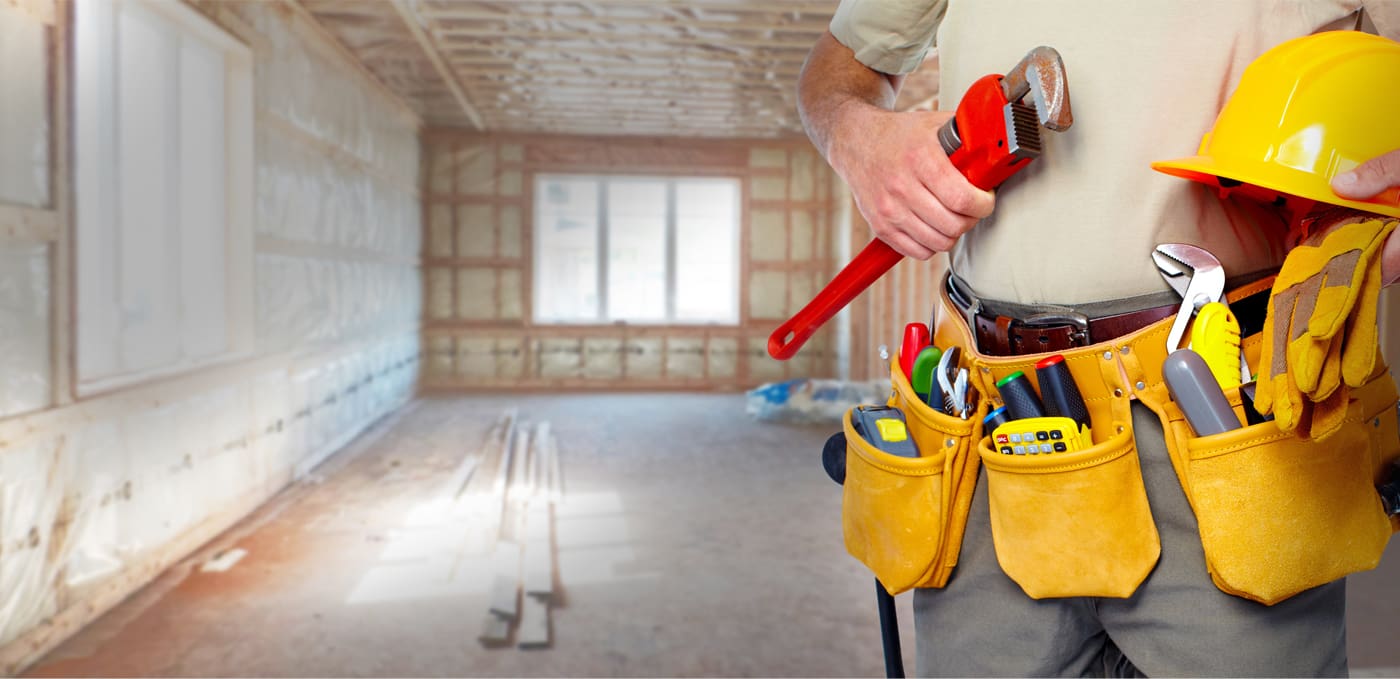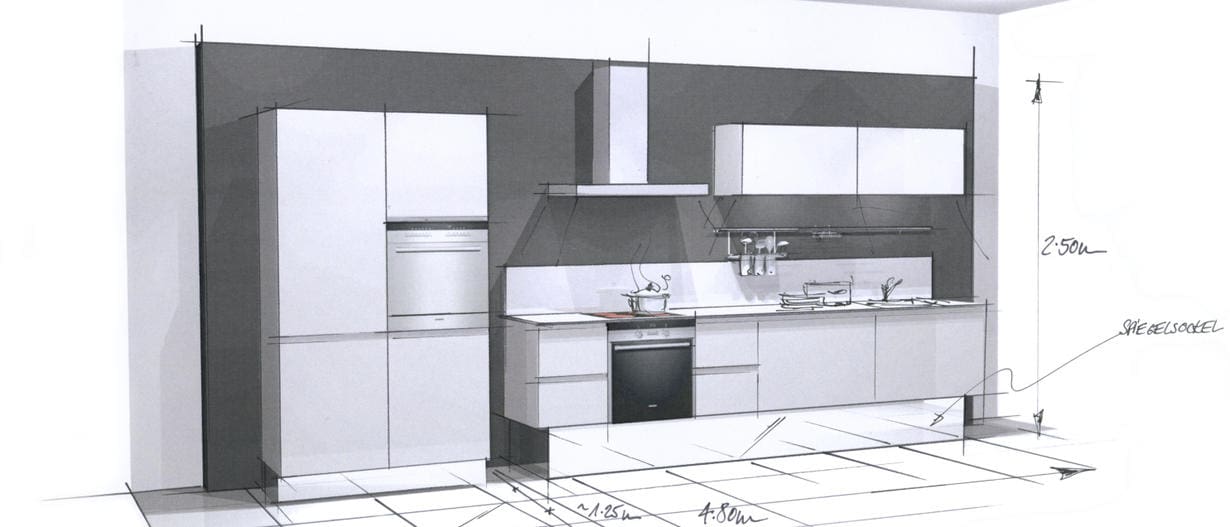Surviving a Kitchen Renovation – Part 4
To Hire Or Not to Hire a Professional???
You know what you want. You have a basic plan developing further every day. You just know your kitchen will be amazing after this remodelling job. You know how long you can survive without it.
You and your family are sure of certain aspects. Materials and colours and appliances are selected. You are really pumped for this project. Sure, you are still working on your budget. You should be. You have now come to a decision that can add substantially to it. How much, if any, of the work do you plan to do on your own?
This is a serious question. The answer to it is not general. It is based upon each individual. It relies on various factors. How much money you have will also affect your choice of going it alone or hiring a professional. Another influential aspect is the extent of the project. If it is a small remodelling job, it may require little to no external involvement.
Time also becomes a factor in your decision to hire a professional or not. If you do not have the time to handle the remodelling project yourself, you will call in others to do it for you. However, this is not the first question you should ask yourself. The most critical question you need to seriously consider is this. “Can you handle the work essential to completing the work required?” “Are you capable of doing all the necessary work involved?”

When you decide to remodel your kitchen, you are undertaking a complex task. The initial question is “What are your skills?” The second question is “How good are you?” You not only need to answer these questions, you must be completely honest. If you are not, you are doing yourself and your kitchen a disfavour. Not only could it produce a disastrous result aesthetically and practically, it could be a financial catastrophe or at least a calamity. You can avoid it by doing the following.
- Before you decide to work on the kitchen by yourself, sit down.
- Grab a pencil or use the computer.
- Take a deep breath.
- Look at the overall job.
- List the specific requirements for the various tasks.
- Detail what you can handle on your own. Be honest. Be very, very honest.
- Note what you cannot do.
- Note what you feel uncomfortable doing.
- List the professionals who can do these specific jobs.
- Look at your preliminary budget.
- Factor in the costs and reconfigure it.
- Repeat the whole process again.
You may have to rework the budget several times until it balances. Keep in mind, however, that you may save money in the long run if you hire a professional. In fact, there are many good reasons why you should hire a pro. You get the job done right. You can sometimes save money. You save time and energy. You will not be spending all your time working on the remodelling project. For some, paying others to work frees them up. They have more time and less stress if they allow someone else to take charge of the actual work.
A kitchen remodelling job can involve a variety of experts. They can be contractors, subcontractors, electricians, Plumbers, floor Layers, Carpenters and other specialists. It all depends upon the job, your skill level and your budget. You may bring in one particular type of professional close to the start of the project. This is the Kitchen Designer.


Kitchen Designer
A Kitchen Designer is a professional. The services a Kitchen Designer offers are available through a variety of sources. He or she may be allied with contractors of the various trades, architects, builders and even retailers. You can find one through the usual means:
- Recommendation of a friend or builder
- Visit show houses or model homes. Ask them whom they use if you like the style.
- Ask a local contractor for a referral. If you plan on hiring one, see if he or she has any particular preference.
- Visit retail or kitchen supply shops. Some of these stores have a Kitchen Designer on staff. They could also recommend one to you.
The perfect designer will ask the right questions. They will ask about the style of cooking and the purpose of the room. He or she will seek to know the size of the family. They will want to know about who cooks, who uses the room and how busy it gets. The Kitchen Designer will also want to hear about the problems and your intended solutions. If the individuals do not ask you any questions, they may not really be listening to what you have to say. Their responses will help you single out one from the other.
Narrow down the field by checking out their previous projects. Ask them for a portfolio. See if they have anything posted on line. Talk to former customers. Are they versatile? Can you see them turning your dream kitchen into a reality? Remember. Your designer needs to thoroughly understand what you want. The more he or she knows and can relate to, the more conceivable it is you will achieve a good design.
After you have made your final choice, the work begins. Bring your materials to cement this relationship. Do not leave out any detail. Be sure to include these materials:
- a file containing the information you have so far
- a picture of your existing kitchen
- a description – verbal, pictorial, virtual or written, about what you want
- any preliminary plans
- your budget. Do not forget your budget – ever.


Options
If you do the entire work on your own, you can set you own pace. Many home re modellers, however, may decide to either hire someone or take on certain aspects of the job. If you decide to combine your efforts with those of the trades’ people, be sure you have a specific time line in mind. You will want to do your portion in such a manner as to not interfere with the work of the trades. You can do so if you keep the deadlines in mind and are organised.
If you do participate, consider doing the demolition work before construction begins. Tear out walls, fixtures and ceiling tiles. Remove all appliances. Disconnect the sinks. If you are doing preparatory work, make sure you have the drywall up and ready for the next step. After or between certain types of workers, you can finish such things as painting, wallpapering, staining and laying down the new floor.
With all this behind you, you have one more step in your scheme towards creating a better kitchen. This is the last chance to alter and change everything from your budget to your design elements. You are now making the final approach.
The Final Approach: Pulling it All Together
This final chapter is all about the details. It concerns finalising the “blueprint” for your kitchen remodelling project. Its focus is on pulling all the ends together. In a sense, it is a review or a summary of all we have written about in the previous chapters. To pull it all together, you will rely on everything you have learned and prepared from the preceding chapters. If you have decided to choose a Kitchen Designer, you may be able to avoid much of what this chapter contains. All others, however, should pay heed.


Final Design
You can now start to prepare your final design. This is the blueprint you will present to your Contractors or subcontractors. This is the basis from which you will create your perfect kitchen. It needs to be comprehensive and complete.
By now, you will know your old kitchen like the back of your hand. You will also have a complete picture of what you want and how it will fit into the overall scheme. You need, now, to mesh the 2 into a complete, visual and feasible plan. It must be one you and your employees can read and understand.
One of the easiest ways to do so is to use one of the latest design kits. It can help you draw up and combine all kitchen elements. You can also work with your kitchen designer, contractor and/or subcontractors to create it. There are still those who prefer to draw it painstakingly by hand. Choose whatever method is best and works for you.
This final design will require exactitude. Be sure you have measured every window and door. Take a tape measure and check out the size of each appliance as it now is. Fill in the exact size of the new appliances. The same applies for all changes. You need to be sure of the height, width and depth of cabinets and other forms of storage space. You cannot and must not guesstimate. Whoever is doing the job needs exact measurements.
On this final product you must indicate such things as new switch placements, and other aspects of the altered or retained electrical system. The same applies to plumbing, heating and cooling systems. Indicate clearly what you want. Place the new appliances in their changed or remaining location on the diagram. Indicate all exists, entrances, windows and other pertinent elements on the design. Note all pertinent data such as worktop placement, size and height. Do not forget ANY detail. If you do, the result could create problems. It may result in delays and increased expenses.
In creating this design or plan, make sure you use recognisable symbols. Make sure your design is comprehensible to all working on the remodelling job. If you are in doubt, consult them. Ask if this is the right type of design model?
For your own sake, you might also want to supply a mock-up of your finished kitchen. You can have more fun with this version. Draw to scale your kitchen. Draw on your computer a plan. Overlay it with all the necessary schematics if you want. You can also simply cut and paste the various elements you want to see. These can include the exact appliances, windows and doors, and even kitchen gadgetry and storage units. Either utilise your computer or cut them out from advertisements, promotional material or magazines. You can then paste them in the appropriate spots. It will provide you with a comparison as you watch the work progress.


Schedule
Finalise the schedule. Make sure everything is in place. Place the schedule in your paper file, a date book or in a virtual file. Make sure it is easily accessible. Print out multiple copies. Send them to all the involved parties. Be sure everyone knows this is the finalised version. If there are any sudden changes, take care of them now before work actually gets underway.
Other Paper Work
There are other aspects of remodelling you need to finalise. You need to prepare a progress report. It is the time line of your job. You need to also have a calendar upon which to mark both the scheduling of tasks and the time line in which it is occurring. Make sure these are easily accessed.
In addition to this, prepare or finalise your shopping list. This will include all materials you will require to see the job through. It will have specific model names and numbers. It will list prices and contact numbers. It will note delivery systems and dates.
If you have a contractor, still keep a list relating to materials. It will provide something to compare the work-in progress model with what you have previously agreed upon. If you are working with subcontractors, retain it for the same reason. In some contracts, you will be obligated to provide specific items or materials. This list will ensure you get the right material and do so on time. If you are doing all the work, this list will guide you to making the right choices and, hopefully, keep you on track and on budget.
Budget
Be sure you have updated your budget. Keep this vital collection of facts and figures on hand. You may have to revise it during the remodelling. Whether the figures will go up or down will depend upon the individual kitchen remodelling job, the people involved, and the many external factors that you only think you have control over.
Final Note
This design is the product of everything you have done since the project started. It is the culmination of all your hard work. Make sure it is as accurate as possible. Go over the directions, the design, the materials, indeed all data and pertinent information with a fine-toothed comb. Only then, should you issue it to the pertinent parties. After perhaps a change or 2, and there usually is 1 or 2 alterations at the request of one or other of the involved parties, you are ready to begin the actual kitchen remodelling.
Conclusion
Remodelling your kitchen is one of the hardest tasks you may ever undertake in renovating your house. The kitchen presents a variety of challenges. Its integrated heat, light, water and air systems provide a complexity not reached in any other room in your home. However, you can master the monster of all remodelling jobs if you approach it correctly.
To exit triumphantly you need a comprehensive and accurate design plan. You need to approach the tasks at hand logically and in an organised fashion. You need first to establish your goals. Next, you need to know what exists. You can overlay this with what you want and what you really need.
You cannot proceed further without understanding the limitations place on the job. These include existing conditions, time and, above all your budget. Never forget money in the equation. You may want a kitchen with all the bells and whistles, but can you really afford it? Always be realistic about the role money will play in remodelling.
There are other aspects you need to focus on as well. Your skill level will influence what trades you need to hire. Always be honest on what you can, want and feel comfortable doing. This will prevent costly and even dangerous mistakes.
If you take care to organise all aspects of the remodelling job, you may not be able to relax completely. You can, however, feel you are more than a little prepared to survive this kitchen remodelling job.
Final word from the author…
Many thanks for taking time out to read my blog, Surviving a Kitchen Renovation… hopefully you found it interesting & informative and I hope I haven’t put you off remodelling your kitchen.
Don’t forget, if you want us at Artisan Interiors to help lighten the load and take care of your project for you, we’d be more than happy to help!
For more information or to book a FREE Design Consultation visit our website www.german-kitchens-cardiff.co.uk







